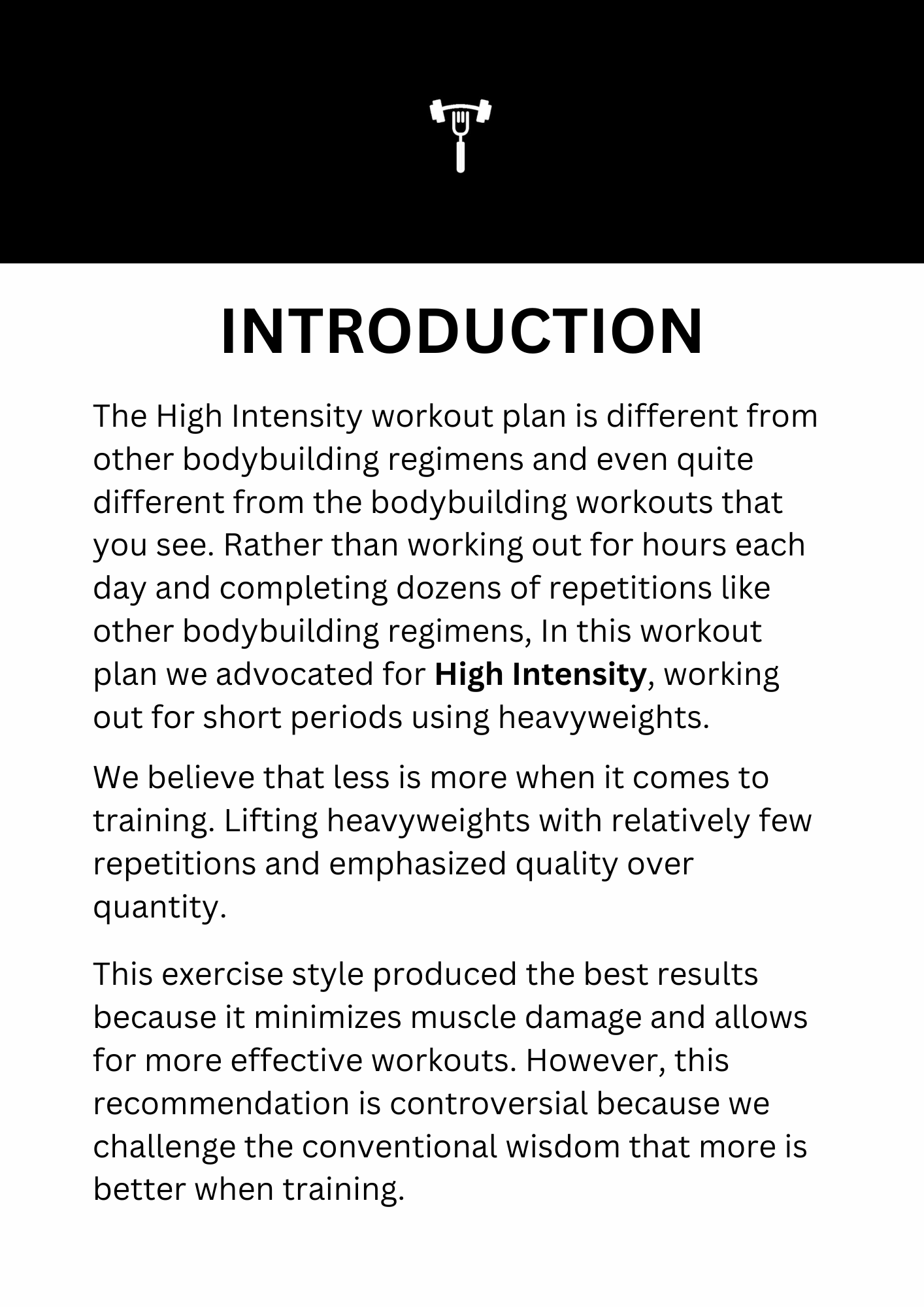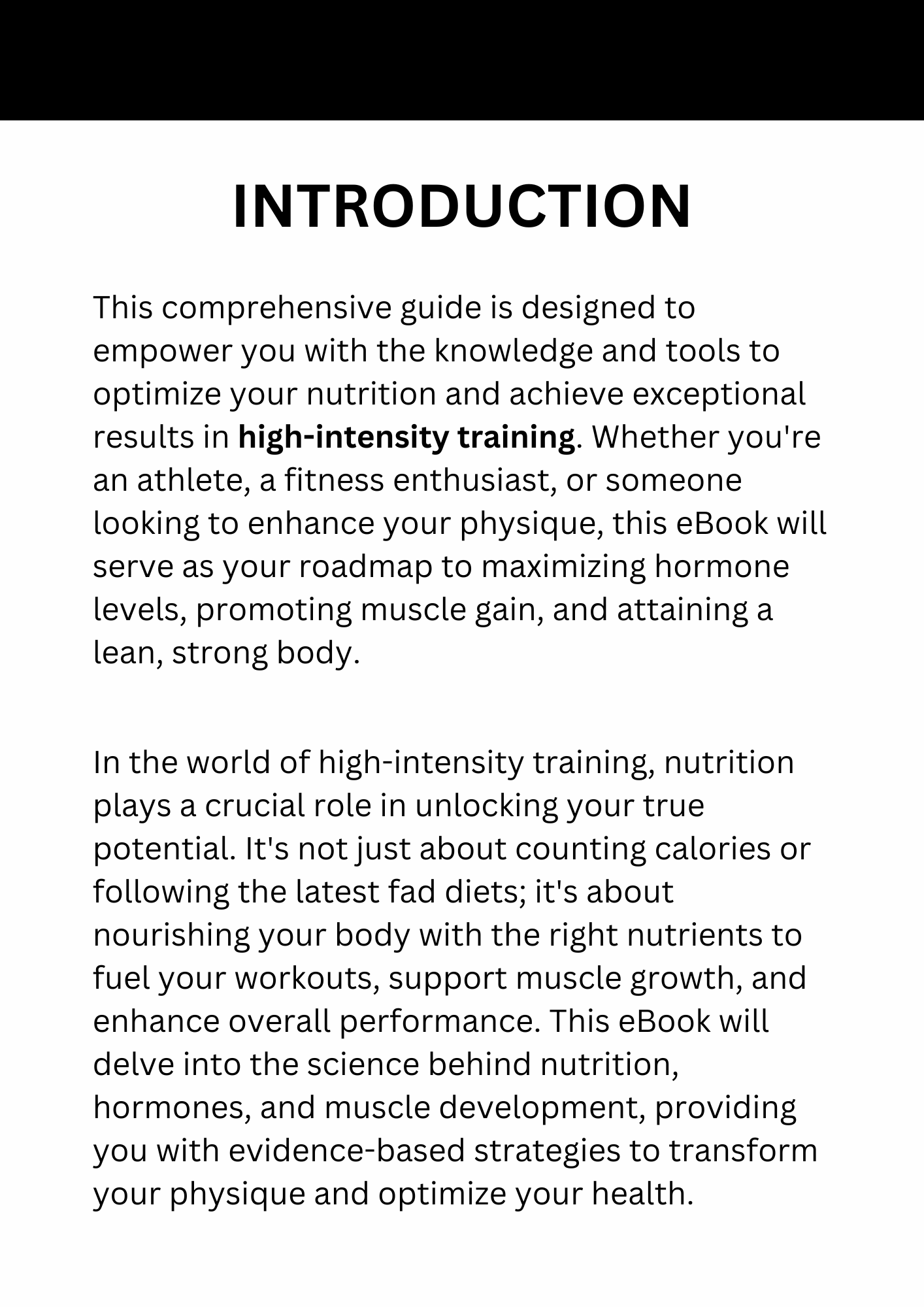Who Is Mike Mentzer and What Is Heavy Duty Training?
If you’re searching for a game-changing approach to bodybuilding that maximizes muscle growth in minimal time, you’ve likely stumbled across Mike Mentzer and his revolutionary Heavy Duty Training method.
This high-intensity, low-volume workout philosophy has transformed countless physiques and continues to inspire lifters worldwide.
In this article, we’ll dive into who Mike Mentzer was, what Heavy Duty Training entails, and why you need to adopt this method to unlock your full potential.
Get ready to rethink your workouts and take action today!
Who Was Mike Mentzer?
Mike Mentzer (1951–2001) was a legendary bodybuilder, philosopher, and fitness icon whose impact on the bodybuilding world remains unmatched.
Born in Philadelphia, Mentzer burst onto the scene in the 1970s, winning the Mr. America title in 1976 and becoming the first and only bodybuilder to earn a perfect 300 score at the Mr. Universe in 1978.
He also claimed the heavyweight division title at the 1979 Mr. Olympia, cementing his status as a powerhouse in the sport.
Beyond his chiseled physique and iconic 1970s mustache, Mentzer was a thinker.
Influenced by Ayn Rand’s Objectivism and the high-intensity training (HIT) principles of Nautilus inventor Arthur Jones, Mentzer developed a scientific, no-nonsense approach to bodybuilding.
His Heavy Duty Training system challenged the high-volume dogma of the era, proving that less is more when it comes to building muscle.
Mentzer’s legacy lives on through his books, seminars, and the success of athletes like six-time Mr. Olympia Dorian Yates, who credited Heavy Duty for his dominating physique.
If you’re ready to train smarter, not harder, Mentzer’s methods are your blueprint.
What Is Heavy Duty Training?
Heavy Duty Training is a high-intensity, low-volume workout system designed to stimulate maximum muscle growth with minimal time in the gym.
Unlike traditional bodybuilding routines that emphasize hours of high-volume sets, Mentzer’s approach focuses on intensity, progression, and recovery.
Here’s a breakdown of its core principles:
High Intensity: Push every set to absolute muscular failure (6–10 reps for upper body, 12–20 for lower body) to trigger hypertrophy. The final rep, where you can barely move the weight, is what sparks growth.
Low Volume: Perform just 1–2 working sets per exercise, avoiding “junk volume” that leads to overtraining. Quality trumps quantity.
Low Frequency: Train each muscle group once every 7–14 days, allowing full recovery for optimal growth. Mentzer believed overtraining was the biggest roadblock for most lifters.
Progression: Gradually increase weight or reps to continually challenge your muscles, ensuring consistent gains.
Strict Technique: Use controlled, full-range movements to maximize muscle engagement and minimize injury risk.
Partner-Assisted Techniques: Incorporate forced reps, negative reps, and rest-pause to push beyond failure, often with a training partner’s help.
Pre-Exhaust Supersets: Fatigue a muscle with an isolation exercise (e.g., dumbbell flyes) before hitting a compound movement (e.g., bench press) to maximize stress on the target muscle.
A typical Heavy Duty workout might look like this:
Chest: 1 set of dumbbell flyes to failure, immediately followed by 1 set of incline bench press to failure.
Back: 1 set of pullovers supersetted with close-grip pulldowns, both to failure.
Legs: 1 set of leg extensions followed by squats or leg press, both to failure.
Workouts are brief—often 30–45 minutes, 2–4 times per week—but brutally intense. Mentzer’s mantra was clear: train hard, recover fully, and grow.
Why Heavy Duty Training Works
Mentzer’s Heavy Duty method is backed by science and real-world results. Here’s why it’s a game-changer:
Maximizes Mechanical Tension: Training to failure creates intense mechanical tension, the primary driver of muscle hypertrophy. Studies confirm that reps close to 100% exertion stimulate the most growth.
Optimizes Recovery: By limiting volume and frequency, Heavy Duty prevents overtraining, allowing your muscles and nervous system to repair and grow stronger.
Time-Efficient: In today’s busy world, who has time for 2-hour gym sessions? Heavy Duty delivers results in half the time, making it perfect for busy professionals and beginners alike.
Proven by Champions: Mentzer’s physique and the success of Dorian Yates demonstrate Heavy Duty’s effectiveness. Even modern lifters on platforms like Reddit report significant strength gains with this method.
A 2018 study from Iran found that a Heavy Duty-style protocol led to double the muscle growth in thigh size compared to a traditional high-volume program, despite lower training volume. This reinforces what Mentzer preached: intensity, not volume, drives results.
Why You Need to Try Heavy Duty Training Now
If you’re stuck in a plateau, spending hours in the gym with lackluster results, or simply want to build an extraordinary physique without living at the gym, Heavy Duty Training is your answer. Here’s why you can’t afford to wait:
Break Through Plateaus: High-intensity training shocks your muscles into growth, helping you surpass stubborn sticking points.
Save Time: Get in, train hard, get out, and spend more time living your life while still building muscle.
Mental Edge: Mentzer’s philosophy emphasizes focus and discipline, turning each set into a mental battle that builds not just muscle but character.
Universal Application: Whether you’re a beginner, intermediate, or advanced lifter, Heavy Duty can be tailored to your needs.
Don’t fall into the trap of “more is better.” As Mentzer said, “You can train hard or long, but not both.” Overtraining is the silent killer of progress, and Heavy Duty is the antidote.
Start Heavy Duty Training Today
Ready to transform your physique and train like a champion? It’s time to embrace Mike Mentzer’s Heavy Duty Training. Here’s how to get started:
Read Mentzer’s Work: Pick up High-Intensity Training the Mike Mentzer Way or Heavy Duty to understand the philosophy.
Find a Program: Download a Heavy Duty routine from apps like Boostcamp or follow the sample workouts in Mentzer’s books.
Get a Training Partner: A spotter is crucial for forced reps and negatives. Recruit a gym buddy or hire a trainer familiar with HIT.
Track Progress: Use a workout log to monitor weight, reps, and recovery. Progression is key
Commit to Intensity: Leave your ego at the door and push every set to failure with perfect form.
Don’t wait another day to unlock your potential. Heavy Duty Training isn’t just a workout—it’s a mindset.
As Mentzer himself put it, “The secret is high intensity.
And when you train with high intensity, you don’t need a lot of volume.”
Join the thousands of lifters who’ve revolutionized their training with Heavy Duty.
Start now, train smart, and build the physique you’ve always dreamed of.




